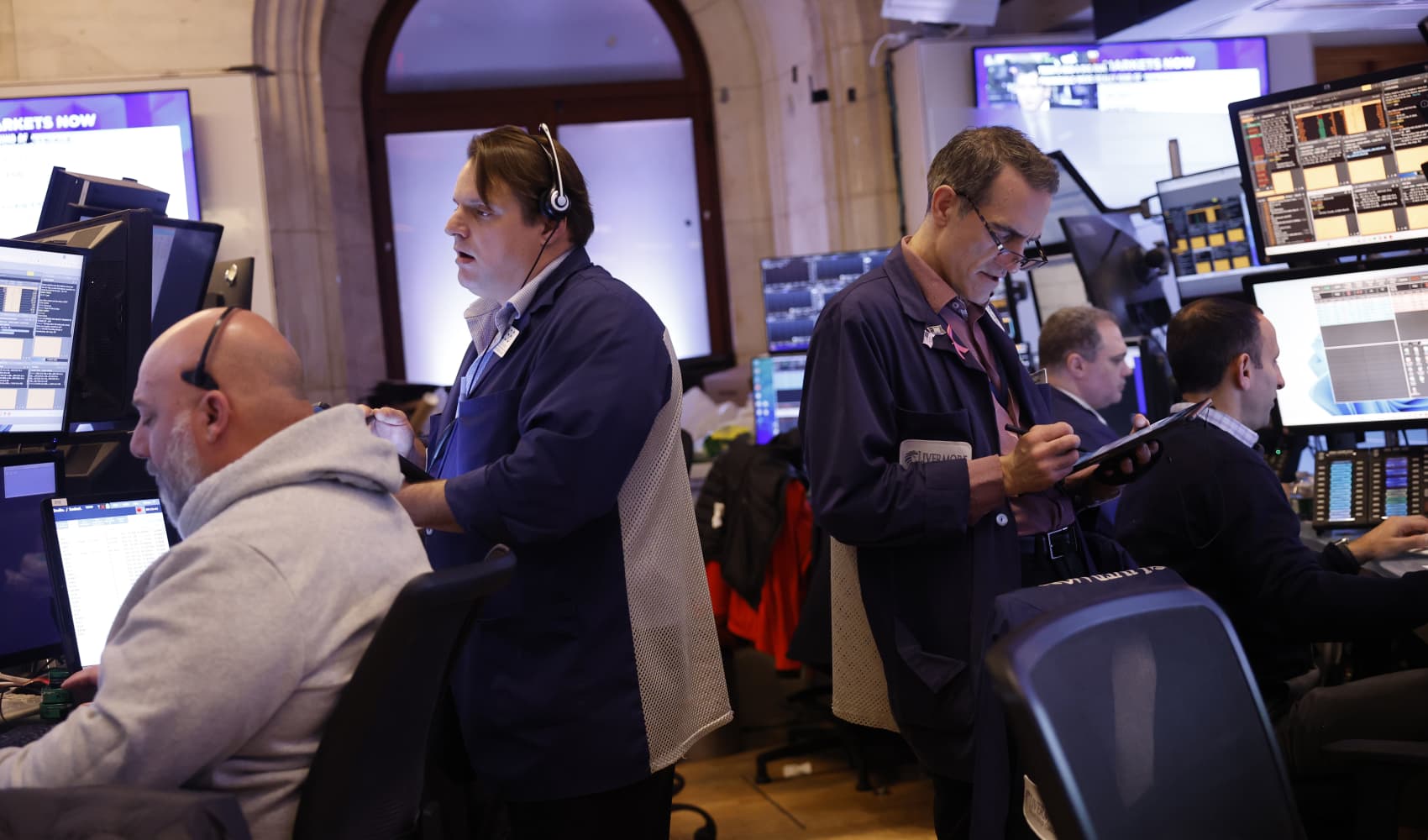
U.S. crude oil on Friday closed out its best week in more than four months, as positive economic news in the world's two largest economies raised hopes for more robust crude demand this year.
The West Texas Intermediate contract for March gained 65 cents, or 0.84%, to settle at $78.01 a barrel. The Brent contract for March settled at $83.55 a barrel, up $1.12 or 1.36%.
U.S. crude posted its best week, up 6.27%, since Sept. 1, while the global benchmark was last up 6.35% for the week. WTI and Brent have gained more than 8%, respectively, for the year.
For consumers, rising oil prices means slightly higher prices at the pump. The national average for a gallon of gas stood at $3.10 on Friday, up about 1 cent from a week ago, according to the motorist group AAA.
Get top local stories in San Diego delivered to you every morning. Sign up for NBC San Diego's News Headlines newsletter.
Gas prices will continue to rise off and on into the spring, said Patrick de Haan, an analyst with GasBuddy, on social media Thursday.
The U.S. reported stronger-than-expected economic growth in the fourth quarter of 3.3%, compared to 2% expected by Wall Street. China, meanwhile, is loosening reserve requirements for its bank in an effort to boost growth amid concerns that its economy is faltering.
"The two largest oil consumers in the world could likely have some pretty strong demand this year," Robert Thummel, portfolio manager at Tortoise Capital, told CNBC.
Money Report
The potential for more robust demand comes as crude supply fell in the U.S. due to winter storms. Crude inventories fell by 9.2 million barrels last week as production dropped by 1 million barrels per day, according to data from the Energy Information Administration.
Elsewhere on the supply side, OPEC and its allies, OPEC+, are not planning any changes to oil output cuts at the group's meeting Thursday, several delegates told Bloomberg News. OPEC+ is cutting 2.2 million barrels per day through at least the first quarter to support prices.
There were also indications that a truce in Gaza is in the works. If that occurs, it could ease the geopolitical risk in the Middle East that typically bolsters crude prices.
The White House plans to dispatch CIA director William Burns to help negotiate a two-month truce in the war in exchange for the release of all remaining hostages by Hamas, officials familiar with the matter told the Washington Post. But one of the officials told the paper that Hamas has rebuffed the proposal and demanded a permanent ceasefire in exchange for the hostages.
"An obstinate Israel, which refuses to effectively discuss truce, let alone a sustainable peace plan unless Hamas is obliterated will ensure continuous shipping disruptions in the Red Sea," Tamas Varga, with oil broker PVM, wrote in a Friday note.
Houthi militants in Yemen have continued to target shipping in the Red Sea despite U.S. airstrikes. China has asked Iran to rein in the attacks by the Houthis or risk harming business with Beijing, four Iranian sources and a diplomat familiar told Reuters.
A suspected Ukrainian drone attack on Russian fuel terminal on the Baltic Sea last weekend also highlighted the ongoing geopolitical threats to fuel supplies.
"It provided invaluable help for an upside break out of the recent trading range handing the momentum over to those with bullish propensity," Varga said of the drone attack.
Don't miss these stories from CNBC PRO:
- The S&P 500 is officially in a bull market now. Here's how long they typically last
- The early winner in the bitcoin ETF race has raked in $1 billion
- Goldman Sachs names its top stocks for 2024, including this solar company
- CD rates are coming down. Here's where you can lock in yields of nearly 5% for 2 years
- Buy the dip in these bitcoin mining stocks over the next two months, Bernstein says
This article has been updated to correct the name of the Energy Information Administration.






